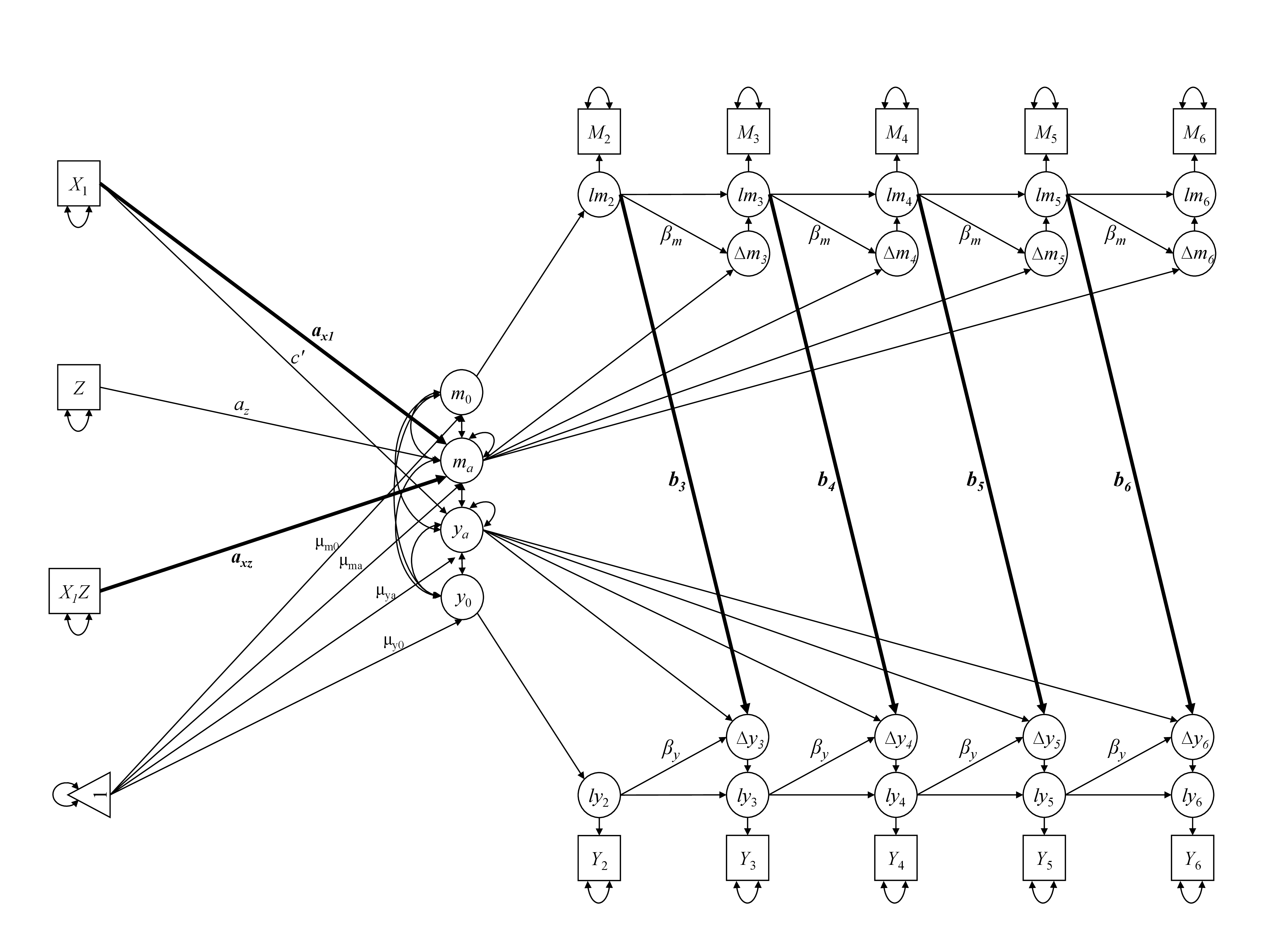About the Journal
ISSN: 2575-8306 (Print)
ISSN: 2574-1284 (Online)
DOI: 10.35566/jbds
The Journal of Behavioral Data Science is a peer-reviewed, open-access journal that aims to provide a free-of-charge-to-publish platform for researchers and practitioners in the area of data science and data analytics. The journal is committed to making high-quality research freely accessible to authors and readers. Publishing in the journal and accessing its content are completely free for both authors and readers. This allows for the widest possible dissemination of research, and promotes interdisciplinary collaboration and innovation in the field of behavioral data science.
The average citation per article is 9.1 since the debut of the journal based on Google Scholar. JBDS is indexed by Scopus with the 2025 CiteScore of 4.0.
Current Issue

O'Rourke, H., & Chanler D. Hilley. (2025). A Guide to Specifying Effects in Latent Change Score Models with Moderated Mediation. Journal of Behavioral Data Science, 5(2), 1-27. https://doi.org/10.35566/jbds/orourke
Wyman, A., & Zhang, Z. (2025). Evaluating the Threat of Phantom Faces in Emotion Detection AI through Simulation. Journal of Behavioral Data Science, 5(2), 28-42. https://doi.org/10.35566/jbds/wyman51
Xu, S., Wang, H., Gao, Y., Li, Y., & Kuo, M.-J. (2025). More Than a Model: The Compounding Impact of Behavioral Ambiguity and Task Complexity on Hate Speech Detection. Journal of Behavioral Data Science, 5(2), 43-63. https://doi.org/10.35566/jbds/xu2025
Full Issue
Theory and Methods
JBDS is supported by the International Society for Data Science and Analytics (ISDSA; EIN: 82-4382236), an exempt organization under section 501(c)(3) of the Internal Revenue Code. You can make a tax-deductible contribution to help the growth of JBDS.







